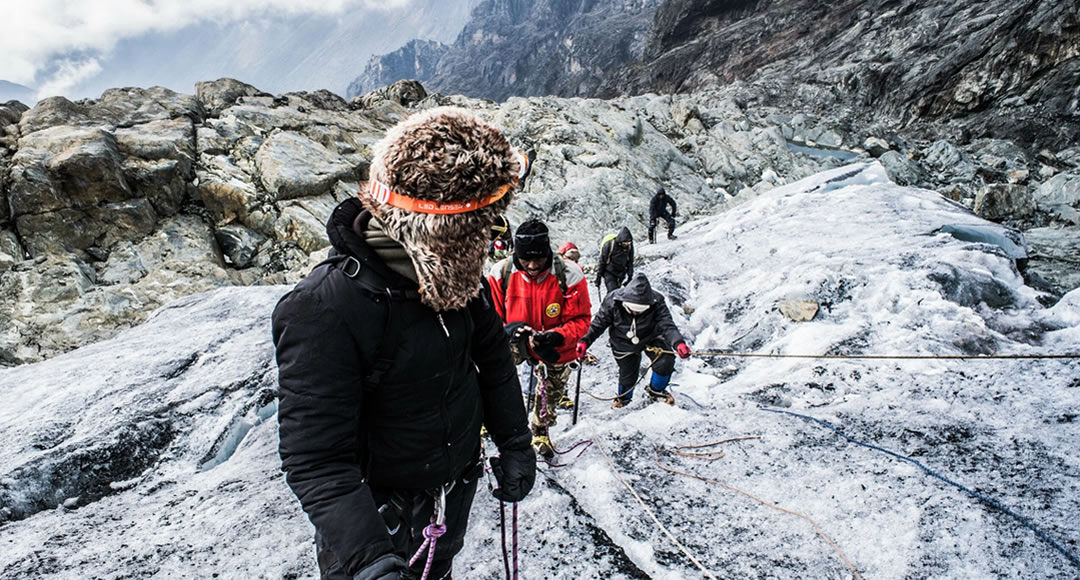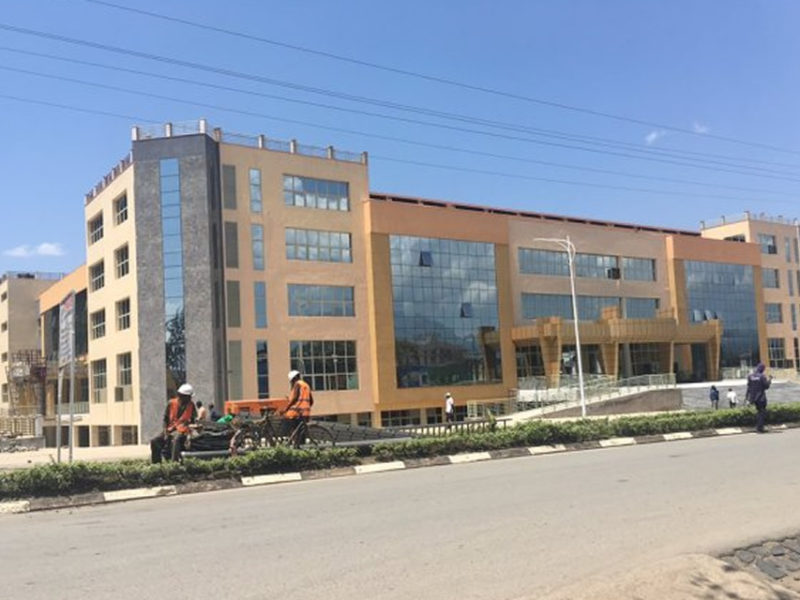
10 Things to Know About Rwenzori Mountains
Nestled in the heart of Africa, the Rwenzori Mountains stand as a towering testament to nature’s unparalleled beauty and allure as they are legendary known as the “Mountains of the Moon.” The magical mountain ranges are located on the border between Uganda and the Democratic Republic of Congo (DRC) in East Africa. The mountains host the 3rd highest summit – Margherita on Mount Stanley on the African continent after Kilimanjaro of Tanzania and Mount Kenya. Trekking the mystic Rwenzori mountains is one of the unique experiences that one should not miss. The wonder of the high glaciers and beauty of the valley of nine lakes, are some of the things that will motivate you to trek the Rwenzori Mountains.
Protected by a UNESCO World Heritage Site –the Rwenzori mountains national park, there are several key points one should be knowing and take note about the glaciated mountains of the moon and among these include;
Geography and Location
The Rwenzori Mountains stretch for about 120 kilometres (75 miles) along the border between Uganda and the DRC. They are part of the Albertine Rift, which is the western branch of the East African Rift System. They are protected by Rwenzori Mountains National Park which covers an area of approximately 1,000 square kilometers in the south-western part of Uganda in the districts of Bundibugyo, Kabarole, and Kasese.
Highest Peak
The highest peak in the Rwenzori Mountains is Margherita Peak on Mount Stanley, one of the massifs of the Rwenzori ranges. The peak stretches at a height of 5,109 meters above sea level and it known as the highest in Uganda and Democratic Republic of Congo and then the third highest mountain in Africa after Mount Kilimanjaro and Mount Kenya.
Mountaineering
Hosting the third highest peak of Africa – Margherita, Rwenzori Mountains offer excellent opportunities for mountaineering and trekking experiences. The most popular trekking route is the “Central Circuit,” which takes trekkers through various ecosystems and landscapes, from lush rain forests to alpine moorland and snow-covered peaks.
Glacial Environment
The Rwenzori Mountains are unique for their glacial environment near the equator. They are home to several glaciers and snowfields, although these have been receding due to climate change. The glaciers are an important water source for local communities and ecosystems.
Biodiversity
The Rwenzori Mountains are recognized for their high biodiversity, including many species of plants, animals, and birds that are endemic to the region. The mountains feature 54 Albertine rift endemics that include 18 mammal species, 21 birds, 9 reptiles and 6 amphibian species. The area was designated a UNESCO World Heritage Site in 1994 for its exceptional natural value.
Cultural Significance
Rwenzori Mountains are known for their beautiful and unique cultural significance for local communities, particularly the Bakonjo people who inhabit the slopes of the mountains. The mountains have been woven into their myths, legends, and daily lives for generations. As you travel to the mountains, have some good time with the locals as they entertain you through dances, songs and drama playing.
Challenges
Trekking to the summit of the Rwenzori Mountains can be physically demanding due to the steep terrain, unpredictable weather, and high elevation. Adequate preparation, including acclimatization, is essential for a safe and enjoyable trekking experience.
Conservation Efforts
Conservation organizations and governments have been working to protect the unique biodiversity of the Rwenzori Mountains and address the impacts of climate change on the glacial environment. Efforts are also made to ensure that tourism and trekking activities are sustainable and do not harm the fragile ecosystems.
Access
The main entry point for exploring the Rwenzori Mountains from the Ugandan side is the town of Kasese. Trekkers usually start their journey from the base camp at Nyakalengijja when hiking through the route of the central circuit – the most common and easiest trail.
Weather
The weather in the Rwenzori Mountains can be unpredictable and can change rapidly. Rainfall is common throughout the year, and trekkers should be prepared for wet and muddy conditions.
Overall, the Rwenzori Mountains are a remarkable natural and cultural treasure, offering a unique blend of biodiversity, glacial landscapes, and cultural heritage for those who venture into their heights.

